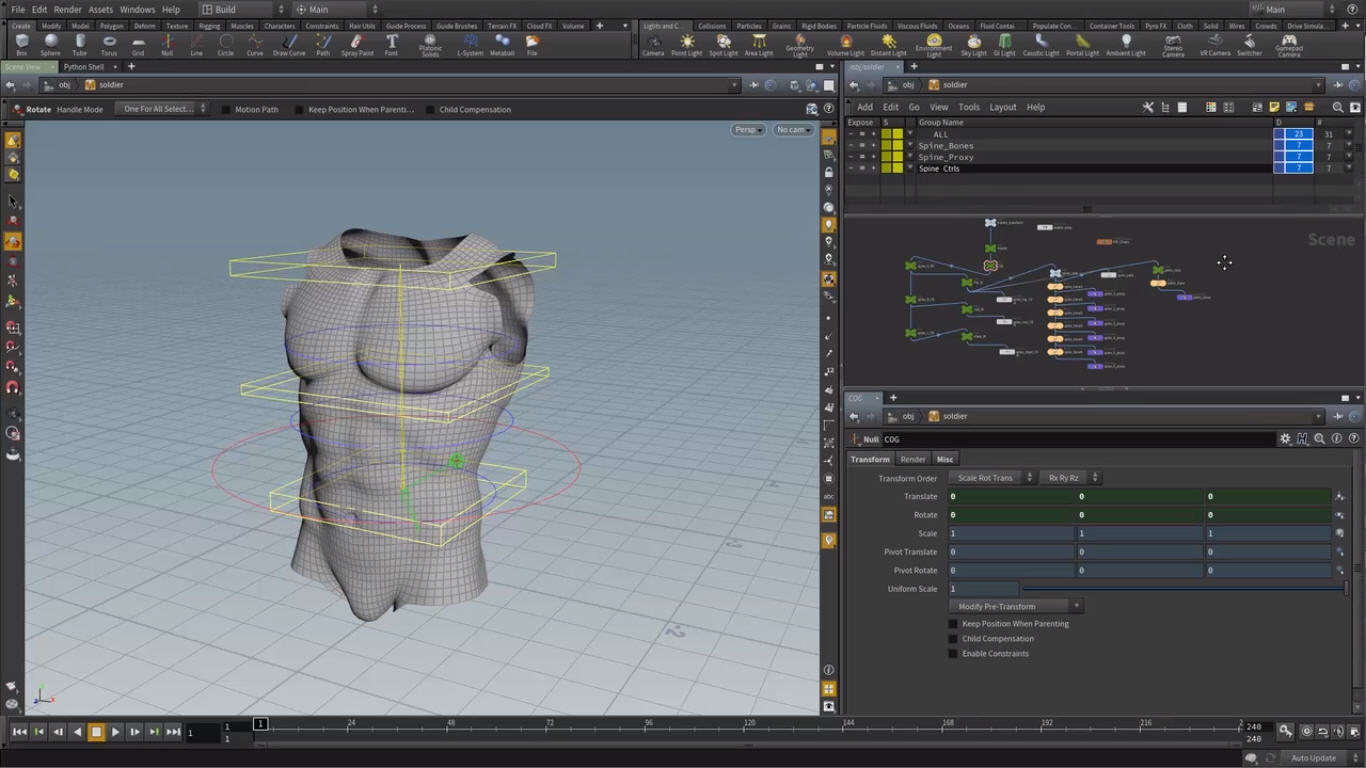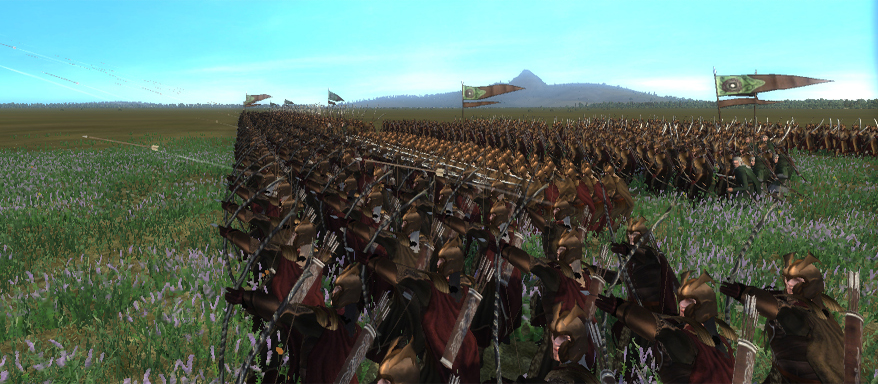Spine Animation Tutorial
Animation in Spine is done by attaching images to bones, then animating the bones. This is called skeletal or cutout animation and has numerous benefits over traditional, frame-by-frame animation: Smaller size Traditional animation requires an image for each frame of animation. Crystal Maiden: assets SPINE animation, USD $10.00. Crystal Maiden: assets SPINE animationAssets include:-The photoshop file has been processed-image higreg-SPINE.spine files with the library-video mp4 slowmotion.
Spine Animation Tutorial Video
For the last month, I've been trying out Spine, a 2d animation software for Windows, Mac and Linux, developed by Esoteric Software. Spine is mostly targeted to people doing 2d video games, but you can use it for pretty much any kind of 2d animated work, be it movies, presentations, web animations and things like that.
If you've used any 2d animation software like Anime Studio, Spine will feel very familiar. Basically, you import your character as separate layers, add bones to it and then start animating.
Adding Attachements
One of the interesting features in Spine is the ability to add attachments used to swap different objects. For example, imagine your character has different types of guns. You can swap between the different guns, without affecting the animation.

Another cool feature in Spine, is being able to export the animation sequences directly to your game engine. Usually, what you'd need to do is export your animation as a series of frames, and then build an animation out of those frames inside your application. Spine can export your animated sequence as a JSON file containing all the data. When you import that file into your engine, the animation will be created automatically. This is a very cool feature, because it saves you from the work of re-creating the animation from separate frames.
There are a few things about Spine that are aimed to save you time. For example, there's a Photoshop script that exports all the layers in place, so when you import it in Spine, the character is automatically assembled with all the objects and layers in the right order. Layer placement in Spine (or any other 2d animation software) is crucial, as you can imagine, so it is nice when the software helps you with that. The case about using JSON to export animations to your engine is also a good example.
Squash and Stretch
Spine also allows for squash and stretch deformations during animations. You can add a lattice deformer to your object. Basically what this does is adding a deformable grid on top of your object, and you can animate those points to deform that object. Squash and stretch is not the only thing that could be done with this deformer, though. You can use it to animate parts of your character, for example, animating hair strands, parts of clothing, etc., which are small details that can take your animation to the next level.
Besides exporting to JSON, Spine can export to different formats, including .JPG, PNG and movie files, so you can pick the format that better suits your needs, based on the work you're doing.
Spine 3d Animation
Final Thoughts
As you may know, I am more of a 3d games developer, but right now, we're working on a 2d sidescroller game, and we are thinking on using Spine for all of our animations (we're using GameMaker, but you can also use Unity). If you want to take Spine for a spin, you can download a trial version. The trial version includes project files and their exported JSON data, so you can test that data inside your engine of choice and see if it fits your needs. Spine is pretty similar to other 2d animation packages, since it offers a bone-based workflow. However, the way how Spine works with other engines makes it an interesting application, because it is designed to save you work and do what you need quickly.
Below you will find comprehensive documentation for using Spine. Other resources for getting help include the Spine FAQ and Spine forum.
Spine Animation Tutorial Cocos2dx



Spine Editor
- Spine User Guide
Learn how to use all of Spine's editor features, from start to finish. - Tutorial Videos
These videos provide a visual, hands-on alternative to learning how to use Spine. - Cheat Sheet
Many of the hotkeys available in Spine in a condensed form. - Changelog
Details about what’s new in each version of the editor. - Roadmap
See our plans and development progress for both the Spine editor and Spine Runtimes, subscribe for issue status notifications, and submit your own issues, ideas, and bug reports.
Spine Runtimes
Spine Animation 2d
- Spine Runtimes Guide
Learn how to load, render, and manipulate skeletons in your applications using the Spine Runtimes. - Using the spine-unity runtime
How to use Spine with Unity. - Using the spine-c runtime
How to use Spine via the generic C runtime and integrate it into your engine. - Skeleton Viewer
A tool to load and display exported skeleton data. - Spine Runtime terminology
Terminology used throughout the Spine Runtimes. - JSON format
Runtimes load this data to display animations. Spine imports this format, allowing interoperability with other tools. - Binary format
Runtimes load this data to display animations. Spine imports this format, allowing interoperability with other tools. - Atlas format
Runtimes load this data to display images efficiently. - Super Spineboy
An example platformer game showing how Spine can be used. All code and assets are included.
